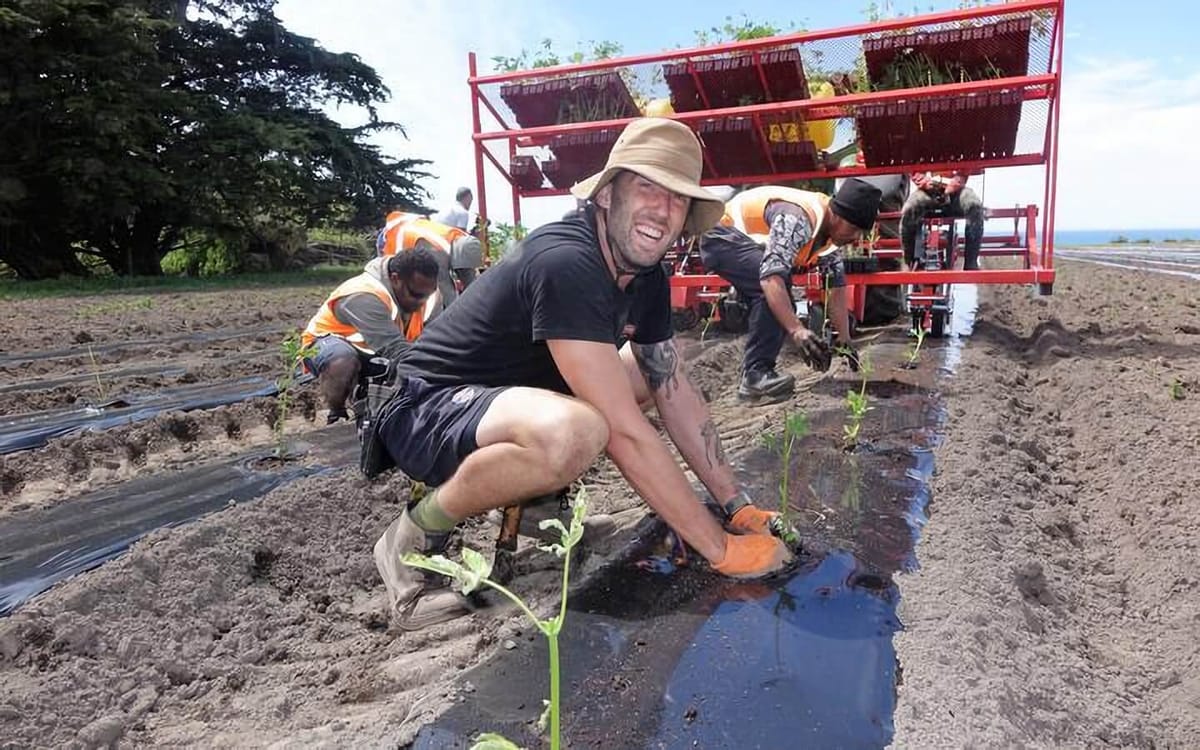Sun, sea and soil: these are the key ingredients for growing New Zealand’s largest-ever medical cannabis crop.
The first seedlings are now in the ground along the salt-laden and sunny slopes of Kēkerengū – just north of Kaikōura.
The ocean-side plantation run by research and development and cultivation company Puro will eventually cover the equivalent of 10 rugby fields.
Fresh out of quarantine, US-based cultivation technician Max Jablonski was last Friday focused on planting the prized seedlings into freshly furrowed, chocolate coloured soil.
The seedlings were sprouted in a Blenheim nursery, from 140,000 specially selected seeds from around the world. And costing between $1 and $5 each, they were carefully and individually embedded by hand.
Puro managing director Tim Aldridge said it was an important day seeing them transplanted into their new oceanside home.
“It’s an exciting day. We’ve been [through] two-and-a-half years of very hard work to get to this point and it’s so exciting to have our crop now underway at the outdoor facility on the Kaikōura coast.”
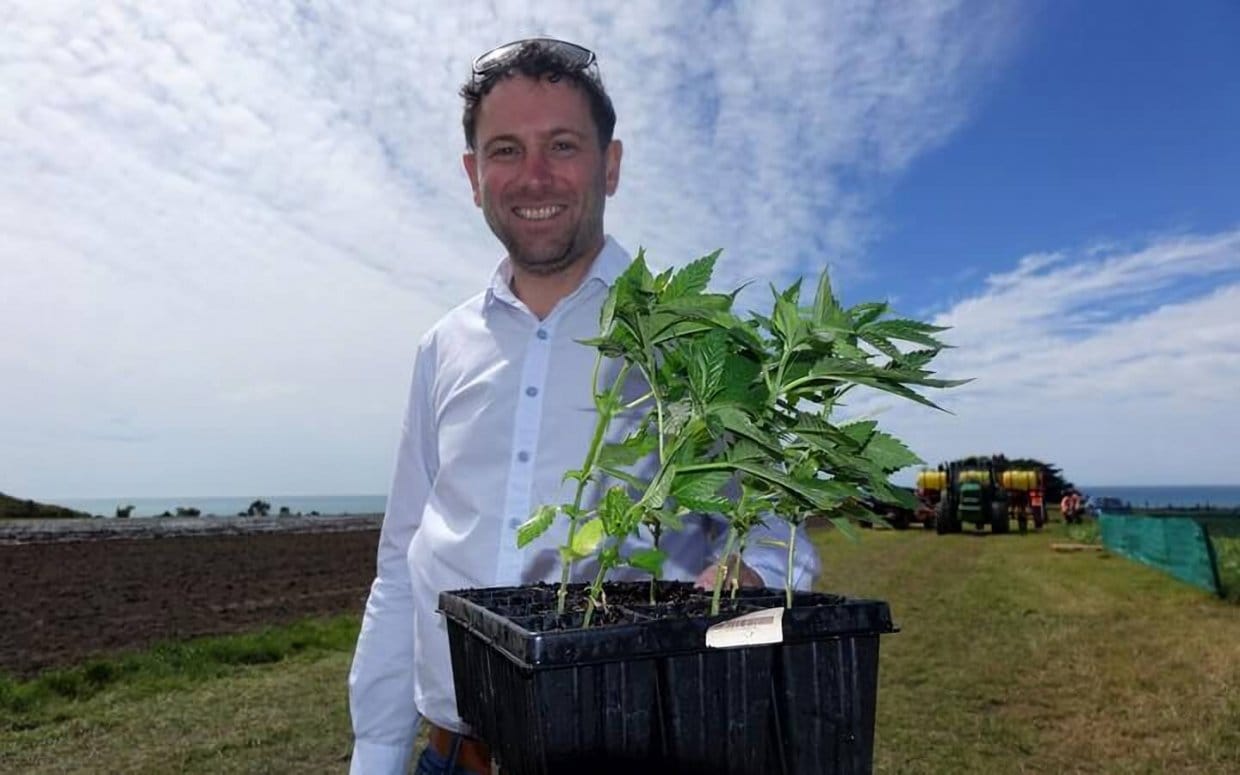
Puro was set up in 2018 to guide the development of the plantation on the Macfarlane family farm in Kēkerengū. The site and the seeds were chosen by Puro’s Melbourne based cultivation director Tom Forrest.
He said Kēkerengū was on the exact latitude south to its northern counterpart in California’s green triangle.
“It’s almost exactly opposite to Humboldt County in terms of latitude and distance from the equator. That’s something I find quite fascinating.”
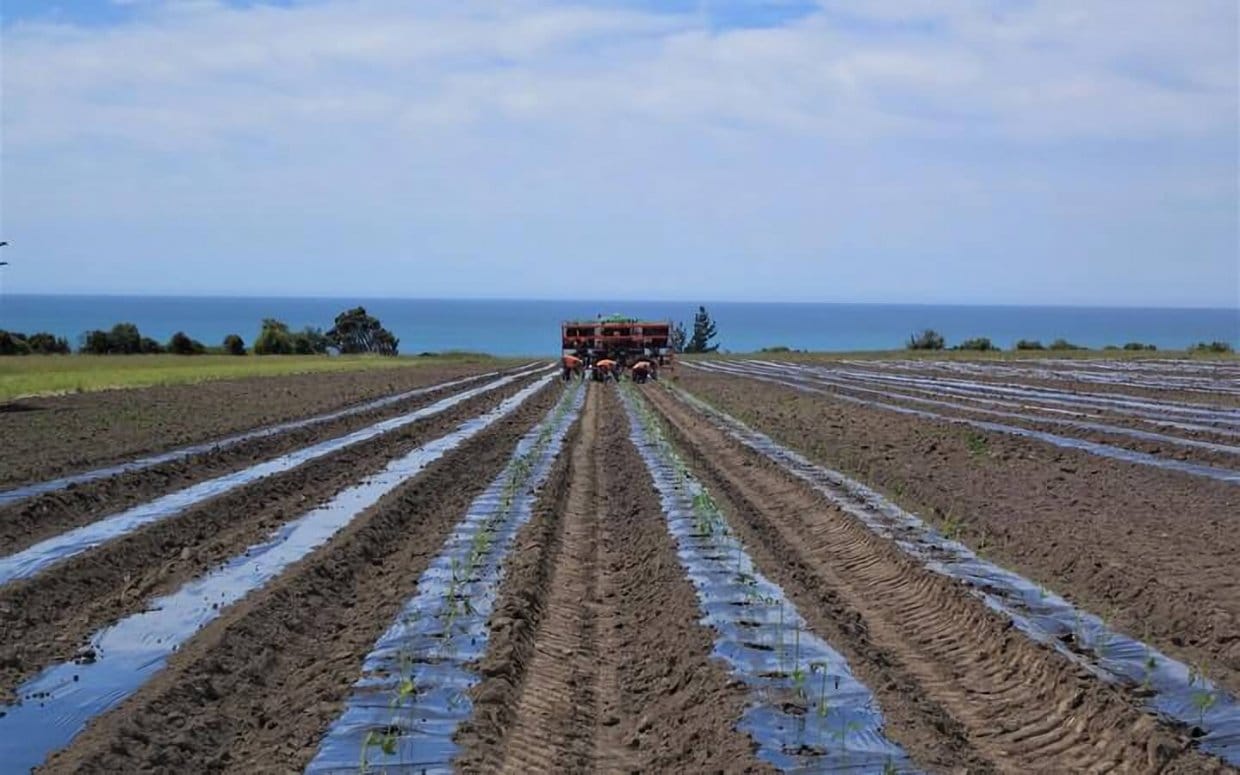
Forrest said it was a “sweet spot” for reasons similar to why Marlborough produced world-class sauvignon blanc, and why hops flourished in Nelson – it’s all in the latitude.
“It’s said that cannabis split from the hops plant possibly tens of millions of years ago.
“People will say anywhere in the world cannabis can grow like a weed, but it’s that sweet spot where we’ll be able to grow without needing major changes to our environment.
“It’s a nice middle ground – the day length, the sunlight intensity – all of these factors combine to make that 42 degrees [south] what seems to be the perfect latitude for healthy, vigorous cannabis cultivation.”
It was also a beautiful part of the country, Forrest said.
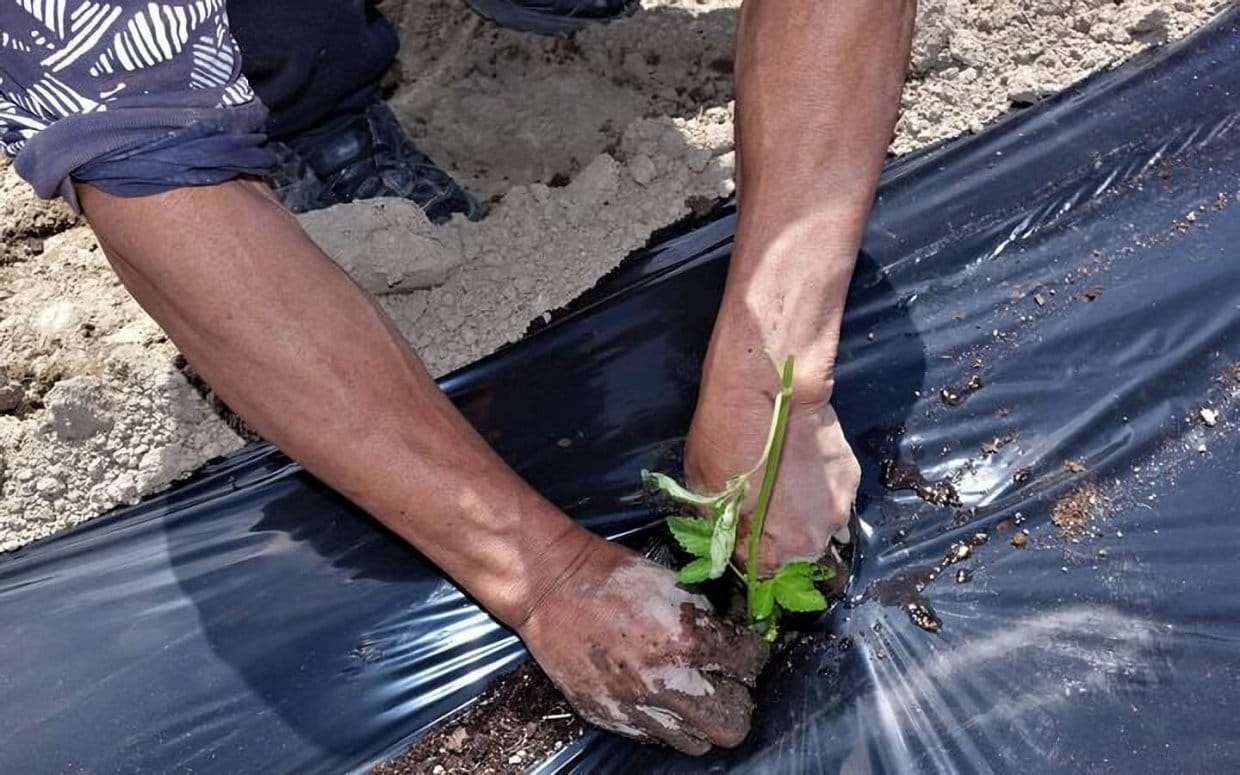
“Looking at the location: the rising point above the sea level, the ocean breezes and the micro-climate, coupled with the UV and the air quality makes it a really perfect melting pot for high potency, high quality, incredibly unique medical cannabis cultivation.”
The site’s proximity to salt spray drifting up off Kaikōura’s thumping surf was also a factor in the company’s aim to become a certified organic producer.
“The salt spray off the ocean can have beneficial properties, particularly when it comes to the leaf surface and what sort of microbes and bacteria exist.
“It can almost act as a ‘cleaning breeze’.”
Aldridge said they were growing under organic protocols. It was chemical-free agriculture, meaning no pesticides were used but the operation was yet to be certified organic.
“That’s a process we’re underway with.”
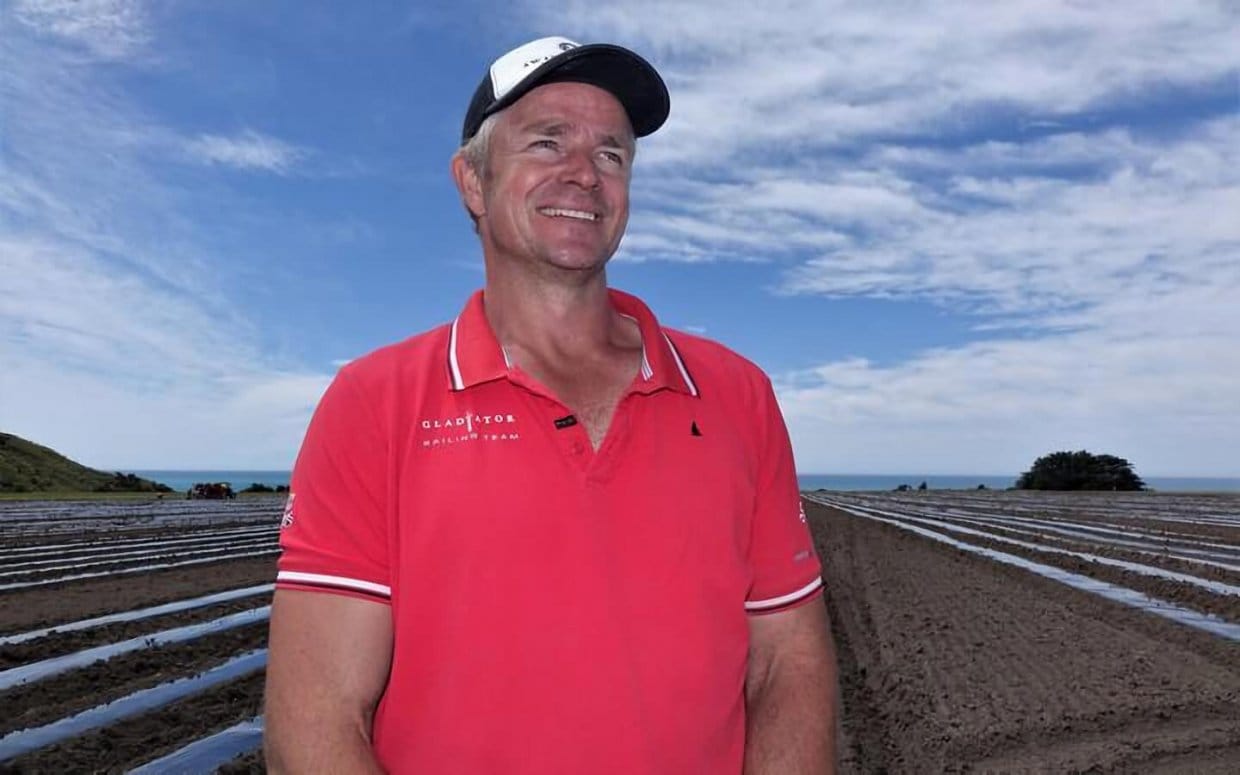
The venture was a distinct change of pace for operations manager Winston Macfarlane.
He has switched 25 years with Team New Zealand and several America’s Cup campaigns for life back on the family farm.
“Now I’ve got a family; two children who love this space and as you can imagine they’re mad about tractors which is cool.
“But this has been a real challenge. There’s no real proven record on how to grow medicinal cannabis. It’s not like going into the grape industry where there’s almost a handbook on how to do it.”
Macfarlane and his brothers were the sixth generation to farm the 1000-hectare property, that grew mainly sheep and beef.
Its flat plateaux high above the Pacific Ocean made it perfect for cannabis and was now leased by Puro.
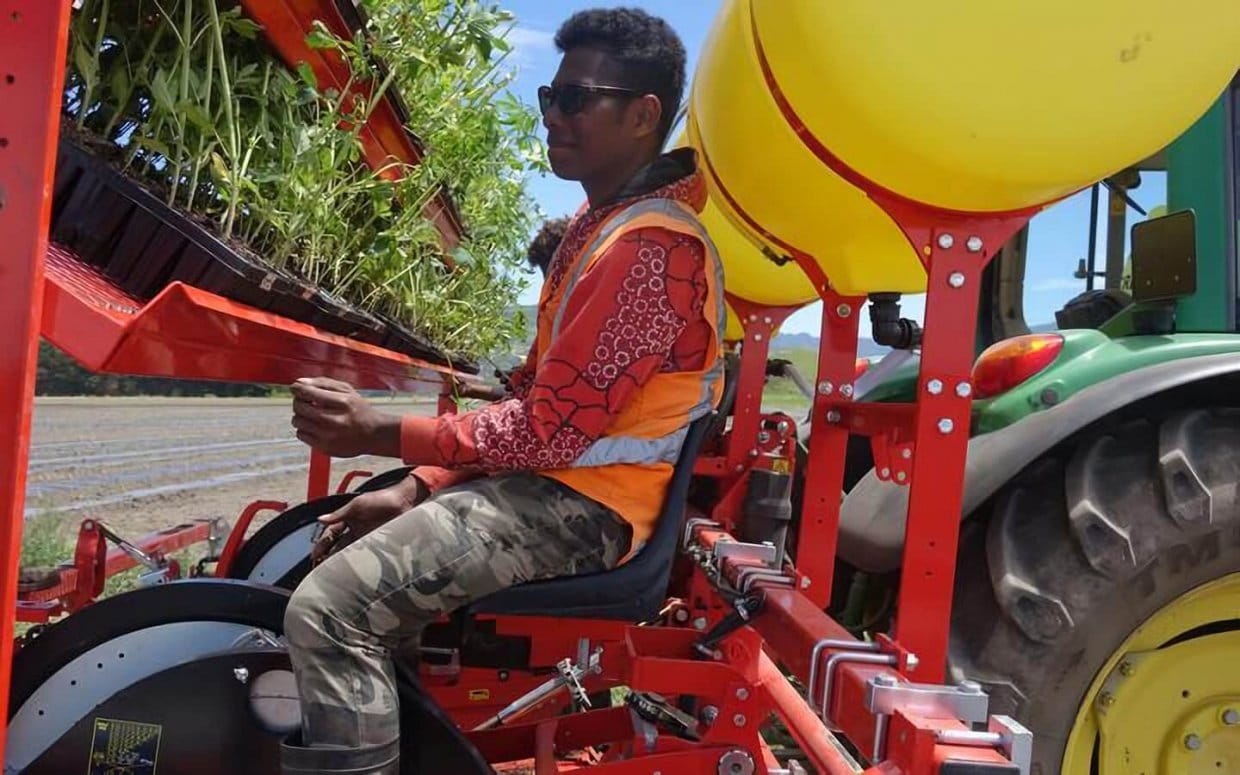
Macfarlane said they had wanted to diversify and medical cannabis was an obvious choice.
“We were approached by Puro and as a family we discussed it; looked at the pros and cons and as it turned out we were looking for some way of diversification and the timing was really right.”
The Macfarlanes also owned one of Garden Marlborough’s centrepiece destinations, Winterhome Garden, and the Kēkerengū Store – a popular stopping point for tourists en route to Kaikōura and Canterbury.
Winston’s brother Sank Macfarlane operated the store and was also a Puro director.
The area more recently became famous as the site of one of the main faultlines that ruptured in the magnitude 7.8 Kaikōura earthquake four years ago.
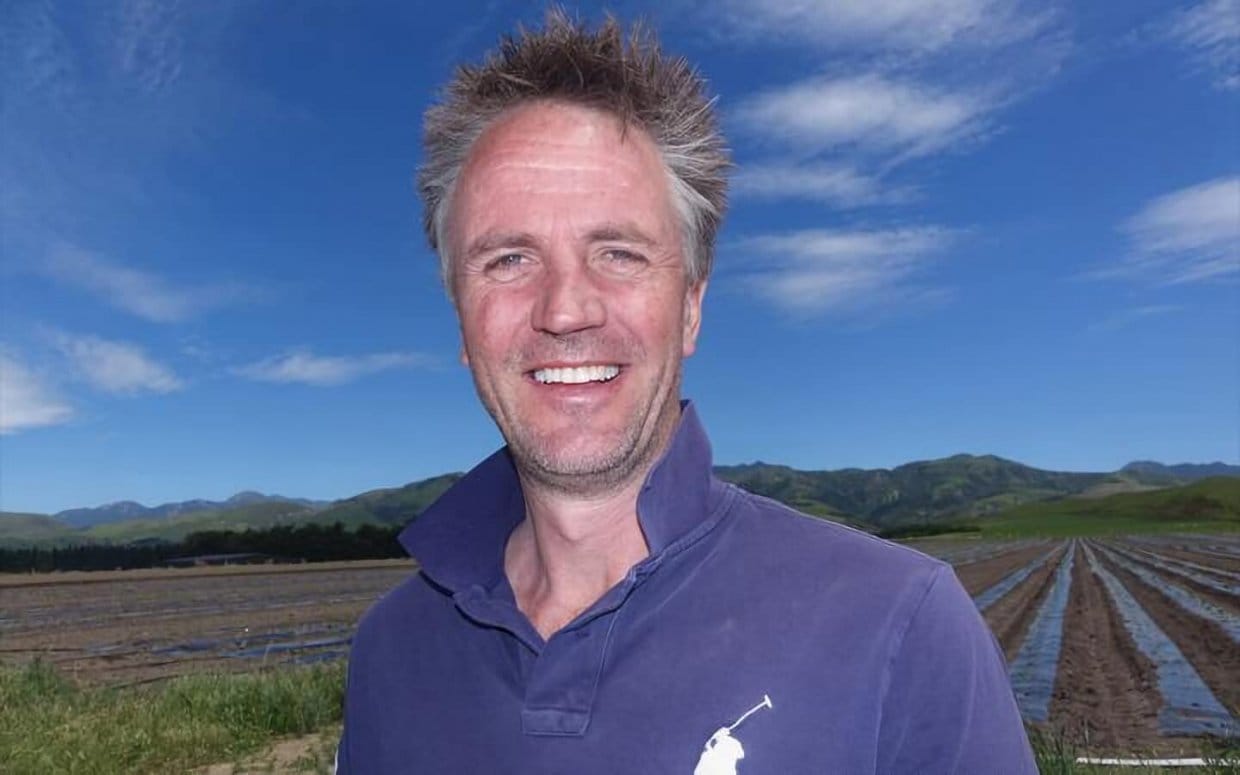
The hills around the plantation bore the scars of that night Sank said he would not forget in a hurry.
“We were worried about a tsunami so we headed into the hills. The next morning we went for a bit of a drive and found we couldn’t open any gates because all the fences had moved.
“We drove up to the house to see if it was still standing and the driveway that used to be flat… we had to drive uphill to it. I found myself changing down a gear. It was bizarre.”
‘New Zealand cannabis will be the best in the world’
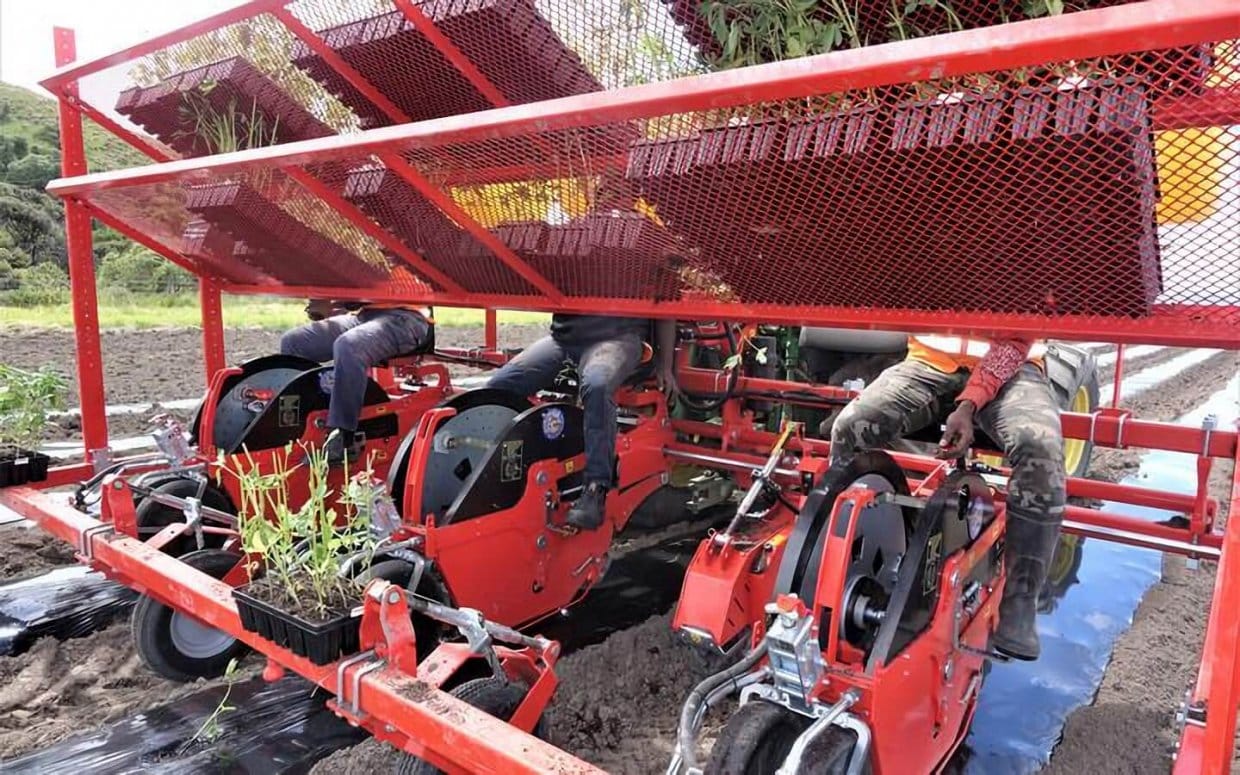
Aldridge said the capital and labour-intensive business had taken millions of dollars to get to this stage.
“The way the New Zealand regulations have been designed, and they have been well designed, is that New Zealand cannabis will be the best cannabis produced in the world.
“We’re not allowed to export unless it meets the highest standards.”
Aldridge said they expected to harvest next autumn, and would sell the crop as dried, milled flower in bulk, to pharmaceutical and nutraceutical companies already waiting.
He said New Zealand Trade and Enterprise had been a big support to the company, and to the wider industry, in helping to secure exports.
“We’ll have a small harvest in around February and we’ll use that primarily to test our systems and our drying processes, and then the normal season harvest will be March and potentially into April.”
He expected it to be an interesting and busy time.
Source: rnz.co.nz, Republished by arrangement

